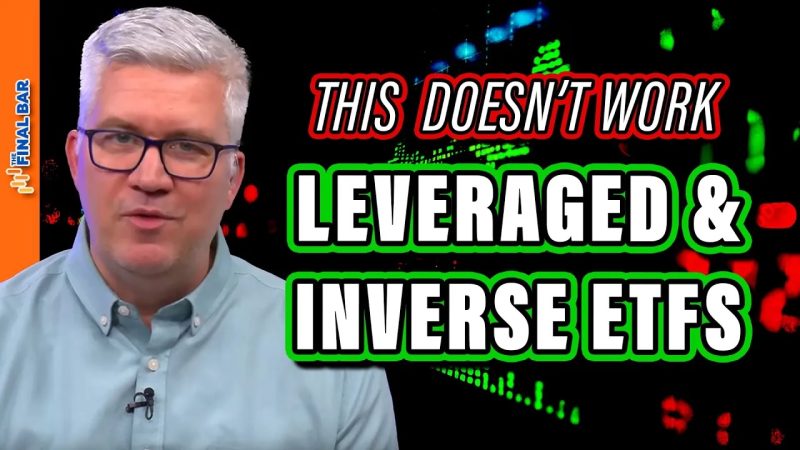Technical analysis is a widely-used method of chart analysis in the world of trading and investing. It involves studying historical price movements and volume data to predict future price directions. However, when it comes to leveraged exchange-traded funds (ETFs), technical analysis may not be as effective as with traditional securities.
One of the main reasons why technical analysis may not work well for leveraged ETFs is their unique structure and underlying assets. Leveraged ETFs aim to provide amplified returns based on a specific index or asset class. These funds use derivatives and debt to achieve their investment objectives, which can make their price movements more volatile and unpredictable.
Moreover, leveraged ETFs are designed to track the daily performance of their underlying assets, not their long-term returns. This means that over time, the compounding effect of daily resets can lead to significant deviations from the expected performance based on technical analysis.
Another factor that affects the effectiveness of technical analysis for leveraged ETFs is the impact of leverage decay. Leveraged ETFs magnify the daily returns of their underlying assets, but this leverage decay can erode the returns over time, especially in volatile markets. This decay effect can make it challenging to accurately predict the price movements of leveraged ETFs using traditional technical analysis tools.
Furthermore, leveraged ETFs are more susceptible to market fluctuations and external events compared to traditional ETFs. The leverage and compounding effects amplify the impact of market volatility, which can result in sharp and unpredictable price swings. This makes it harder to apply technical analysis strategies that rely on historical price patterns and trends.
In conclusion, while technical analysis can be a useful tool for analyzing traditional securities, its effectiveness may be limited when applied to leveraged ETFs. The unique structure, leverage decay, and heightened volatility of leveraged ETFs can make it challenging to predict their price movements accurately using traditional chart analysis methods. Traders and investors interested in leveraged ETFs should consider these factors and adopt a more comprehensive approach to analysis that takes into account the specific characteristics of these complex financial instruments.

